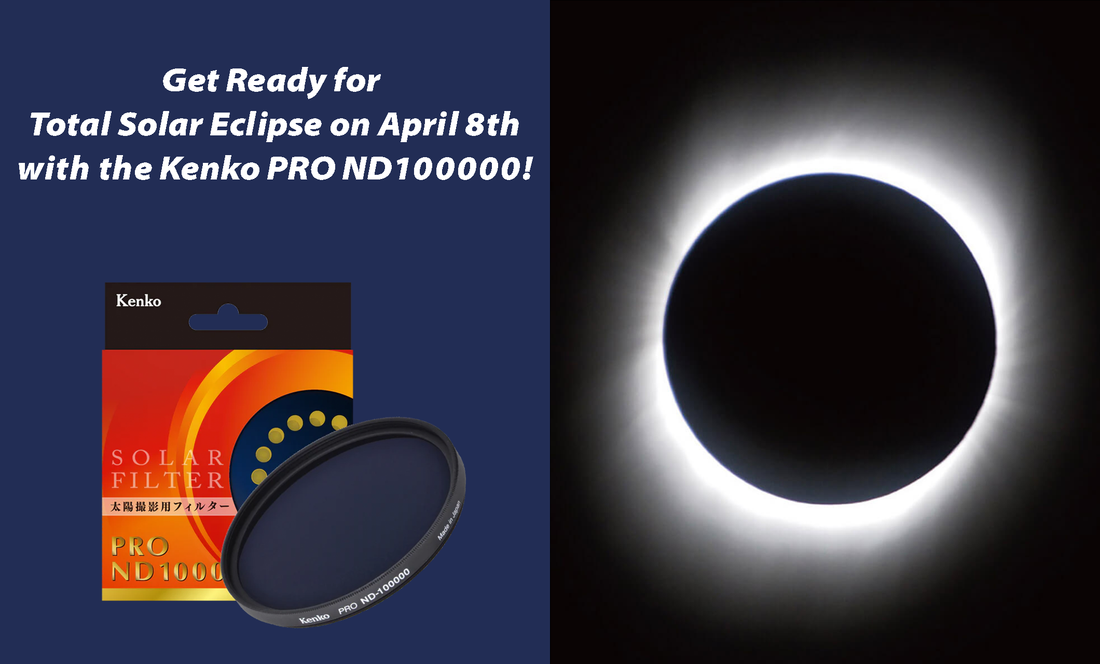
Don't miss the total solar eclipse on April 8th!
On April 8, 2024, the North American continent will have a great opportunity to see a total solar eclipse.
What is the solar eclipse?
A solar eclipse occurs when the moon enters between the earth and the sun, and the moon hides the sun.
When the sun is partially hidden, it is called a "partial solar eclipse," when the sun remains in a ring around it, it is called an "annular solar eclipse," and when the moon completely covers the sun, it is called a "total solar eclipse."

A total solar eclipse may allow us to see the corona of the sun, which we cannot normally see...!

The total solar eclipse visible in April begins in the central Pacific Ocean, passes through Mexico (from Sinaloa to Coahuila), the United States (from Texas to Maine), Canada (from Ontario to Newfoundland), and finally reaches sunset in the Atlantic Ocean. In addition, partial solar eclipses can be observed in almost all of North America and parts of Western Europe.
How to observe a solar eclipse?
When photographing a solar eclipse, a highly concentrated ND filter is indispensable because it is necessary to reduce the light from the sun.
The Kenko PRO ND100000 will allow you to capture this precious phenomenon in your photos!
You can choose two types filter: a screw type (77 or 82mm) and a square type (100x100mm).
* Exposure settings vary depending on the aperture value of the camera lens and the amount of light from the sun to be observed.
The following are reference values for shutter speed at ISO100.

Safety warning for observing of the solar eclipse
*The Kenko PRO ND100000 filter is for photography purposes only. Do not look at the sun through it with the naked eye, or use it for any other non-photography purposes.
*In addition, please do not engage in any of the following activities Doing so may result in blindness.





